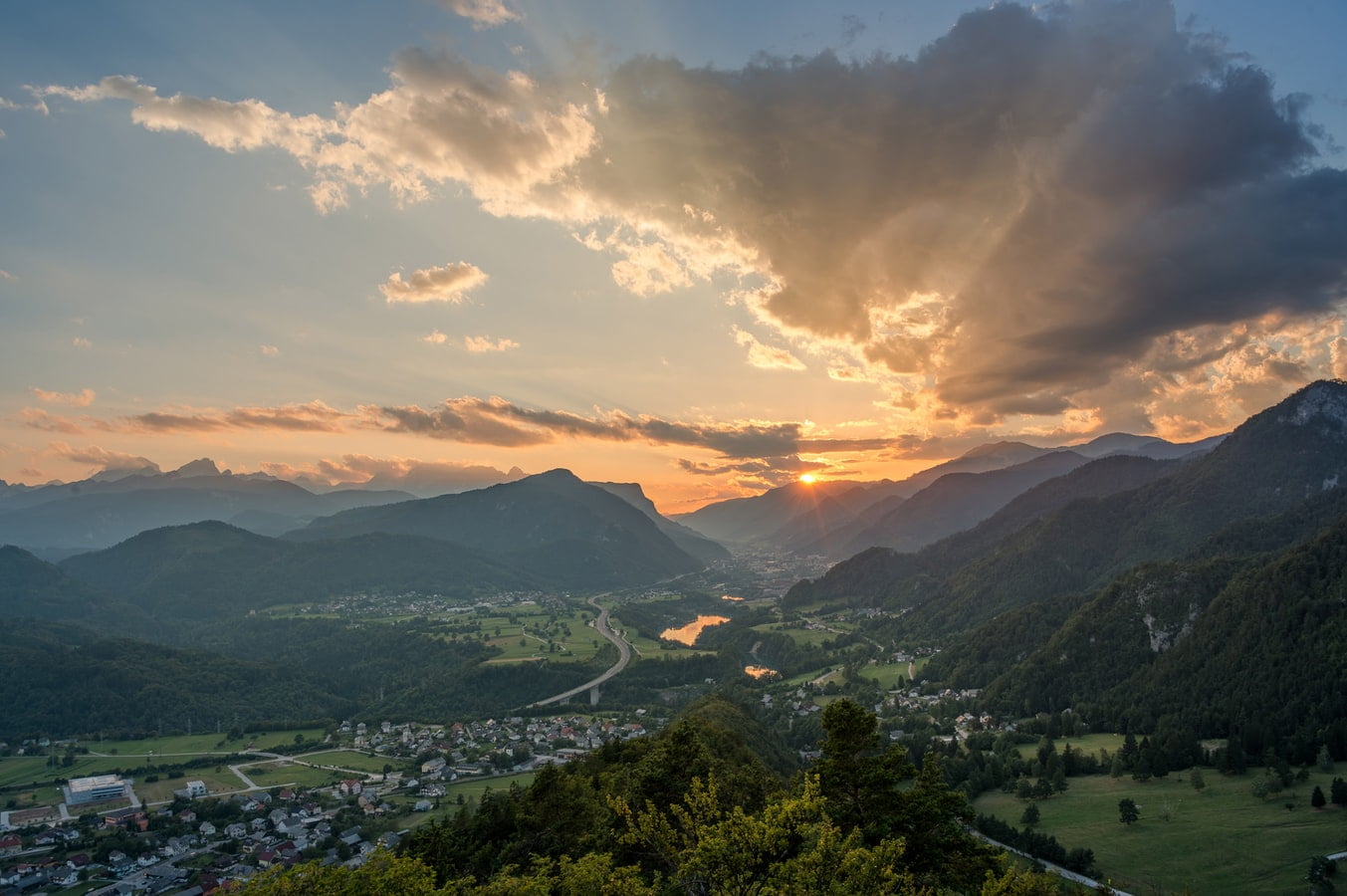The Sicilian municipality of Calatafimi Segesta may be small, but it provides one of Europe’s leading examples of how an island municipality can implement an effective zero waste strategy whilst also focusing on improving the lives of the local community. Despite receiving high-levels of tourism each year and having a dense, historic area in its centre, Calatafimi Segesta still achieved a 85% separate collection rate and generated just 88kgs of residual waste per person in 2022.
The municipality achieved these impressive results through a process of implementing a zero waste strategy at its core, with a focus on door-to-door collection of materials and the prioritisation of capturing organics, with supplementary incentives offered to residents who home composted. The decision not to build or extend local incineration capacity has allowed the municipality to implement ambitious policies that have delivered results.
Since its political commitment to become a Zero Waste City in 2011, the municipality has doubled the amount of materials separately collected for recycling & reuse. In this same timespan, they have reduced the volume of residual waste by two-thirds.

